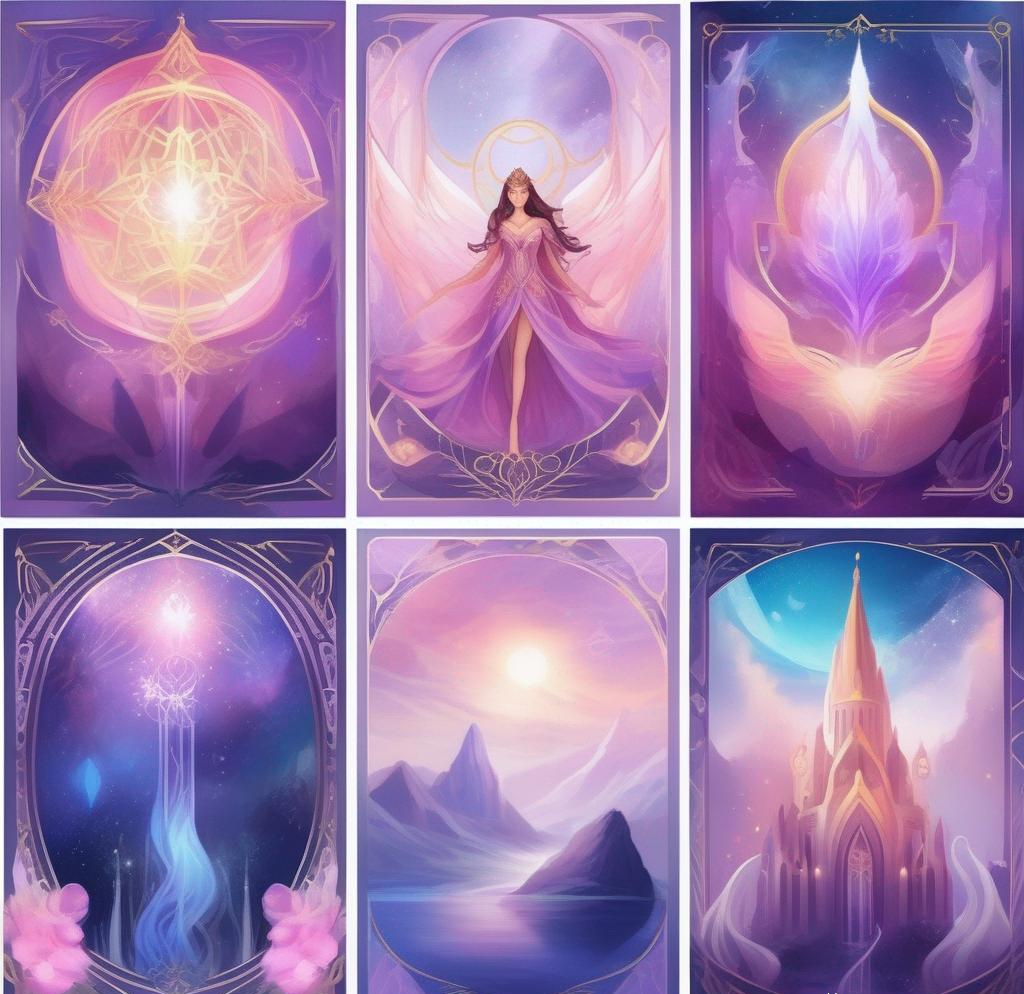
Tarot cards have captivated people for centuries with their intricate symbolism, profound insights, and mystical allure. Their origins date back to the 1430s in Italy, but it was only in the 18th century that they started being used as a divination tool. Whether you approach tarot as a spiritual practice, a tool for self-reflection, or a means of seeking guidance, the world of tarot is a great path towards personal growth, spiritual exploration, and understanding the complexities of life.
One important thing to note is that tarot readings are not deterministic or fortune-telling in nature. Many people associate fortune telling with tarot, but the cards simply provide guidance and insights based on the current energies and circumstances, and it’s ultimately up to the individual to make choices and take action in their own lives. So if you do want to use tarot cards, remember to use them for guidance rather than relying on them for a specific outcome.
With that said, let’s take a brief look at what tarot cards are all about. This is a very general overview and more of an introduction to tarot, as there are many in-depth resources online where you can learn more if you want to dive deep into the world of tarot.
History and Origins
Tarot cards have a rich history that dates back to the 15th century. Originally used as playing cards in Europe, they later evolved into a tool for divination and spiritual exploration. The exact origins of tarot are still debated, but they are believed to have roots in ancient Egyptian, Jewish, and European mystical traditions.
Structure of Tarot Decks
A standard tarot deck consists of 78 cards, divided into two main groups: the Major Arcana and the Minor Arcana. The Major Arcana consists of 22 cards, each depicting a significant archetype or symbol, while the Minor Arcana consists of 56 cards divided into four suits: Wands, Cups, Swords, and Pentacles.
Symbolism and Imagery
Tarot cards are rich in symbolism, with each card carrying its own unique meanings and interpretations. The imagery on the cards can vary depending on the deck, but they often depict archetypal figures, elements of nature, and scenes representing various life experiences and spiritual concepts.
Types of Tarot Card Readings
During a tarot card reading, the reader shuffles the deck, asks the querent (the person seeking the reading) to focus on their question or intention, and then draws and interprets the cards based on their positions within a spread or layout. There are numerous types of tarot readings, each offering a different approach and focus. Some common types include:
General Readings:
These readings provide an overview of the querent’s current circumstances and can offer insights into different areas of life, such as love, career, and personal growth.
Relationship Readings:
These readings focus specifically on relationships, whether romantic, familial, or platonic. They explore dynamics, challenges, and potential outcomes within the connection.
Celtic Cross Spread:
The Celtic Cross is a popular tarot spread that offers a comprehensive view of a situation or question. It provides insights into past influences, present circumstances, and future possibilities.
Three-Card Spread:
This simple spread involves drawing three cards to represent the past, present, and future or to gain insights into a specific situation. It offers a concise overview and can be used for quick readings.
Tarot Card Readers
Tarot card readers have studied and developed a deep understanding of tarot symbolism, interpretations, and spreads. They use their intuition, knowledge, and connection with the cards to provide insightful readings for clients, offering guidance, clarity, and perspective. It does take a lot of practice to become a good tarot card reader, but there’s many resources to help you get started if you’re interested in learning how to do tarot readings.
And that’s it for now on tarot cards! If you’d like to learn more about tarot and oracle cards, then check out this article on the differences between tarot and oracle cards, and how you can use them both in a reading. They actually complement each other very well, and many experienced readers used both types when doing in-depth readings.
Catch you later,
Ivelina
